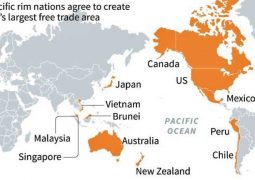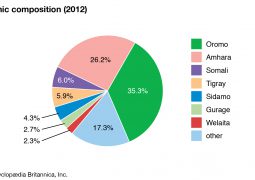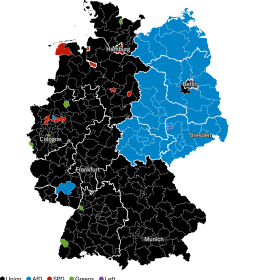U.S. Marine MQ-9A Reapers Now Deployed to the Philippines
U.S. Marine Corps MQ-9A Reaper drones are now operating out of a Philippine Air Force base on a rotational basis, USNI News has learned.
The service’s unmanned aerial vehicles started operating out of Basa Air Base this spring at the request of Manila to support intelligence sharing efforts between U.S. Indo-Pacific Command and the Armed Forces of the Philippines, the I Marine Expeditionary Force confirmed last week.
“The Marine Corps will employ unarmed MQ-9As to provide reconnaissance and surveillance in support of the development of intelligence sharing between the U.S. and our Philippine allies and in accordance with Philippine national laws, rules, and regulations,” a spokesperson for I MEF told USNI News.
According to the service, the drones are “temporarily stationed” in the Philippines, whose 1987 constitution prohibits the permanent basing of foreign military forces within the country. Instead, the drones are in the Philippines on a rotational basis, which is permitted under the 2014 Enhanced Defense Cooperation Agreement.
While the service’s new Reaper unmanned aerial vehicles are based in the Indo-Pacific out of Marine Corps Air Station Kaneohe Bay, Hawaii, this is the first foreign deployment for the drones since they achieved initial operational capability last summer with Marine Unmanned Aerial Vehicle Squadron 3 (VMU 3).
USNI News previously inquired to the Marine Corps about this deployment following a now retracted Pacific Air Forces news release issued in March. According to the release, a Pacific Air Forces Agile Combat Employment mission to Basa Air Base secured “vital logistical support for permanent USMC MQ-9A” at Basa Air Base. The release also described the missions undertaken during this deployment, including five sorties over the South China Sea to support “critical maritime domain awareness and overwatch of the Second Thomas Shoal,” which was described as “a landmark symbol of the Philippines’ stand against China’s territorial ambitions in the region.”
Shortly following USNI News’ March inquiry to the Marine Corps, the PACAF release was removed from a Defense Department website.
In its response, I MEF did not specify how many Marine Corps Reapers it was temporarily stationing at Basa nor did the command detail the duration length of the rotational deployment.
This is not the first time U.S. drones have deployed to the Philippines in support of Manila’s struggle in the South China Sea. Last summer, an Army MQ-1C Grey Eagle operating out of Edwin Andrews Air Base in the Southern Philippines was spotted flying over a Philippine resupply mission to BRP Sierra Madre (LT-57) at Second Thomas Shoal. American drones stationed at Edwin Andrews have also routinely operated in and around the Philippines during counter-terrorism missions Operation Enduring Freedom and Operation Pacific Eagle.
MQ-9As also supported a sinking exercise during Balikatan 2024 last month, which tested the maritime strike capabilities of U.S. and Philippine forces.
Basa Air Base, the location of the rotational deployment, is also slated to receive more U.S.-funded upgrades through the EDCA. One of nine military bases that American forces can access in the Philippines, Basa has been the focus of Washington’s military infrastructure funding in the country. Numerous projects, including runway renovation and expansion, a command and control facility and a humanitarian assistance and disaster relief warehouse, have been completed.
According to new U.S. budgetary documents, the base is also slated for an apron expansion to support up to 20 aircraft and a renovation to its command and control center.
The rotational deployment comes as China puts more pressure on the Philippines in the disputed South China Sea. Incidents between the two over the last year have seen Philippine vessels damaged and Filipino personnel injured, calling into question the role of the country’s only defense treaty ally and Washington’s assistance to Manila.
- Previous In Chad, Deby junior Declared Winner of May 6 Presidential Election
- Next China’s Drone Power vs to U.S. Strategies?
















